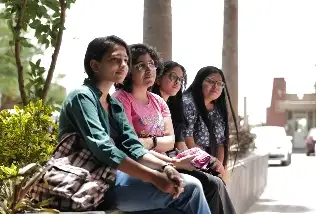Manav Rachna I.P.R. Cell
In a University, IP can be considered as the outcome of research projects, collaborations, consultancies and other activities. It is imperative that an IPR cell must be established for any self sufficient university to meet the needs of the academic fraternity. At Manav Rachna, the IPR cell was established under MRIIC in February 2017.
The research community has developed norms and values for how scientific results are obtained and disseminated. The University will protect and safeguard the academic staff’s customary and statutory right to decide whether and in what way a scientific publication is to be published.






